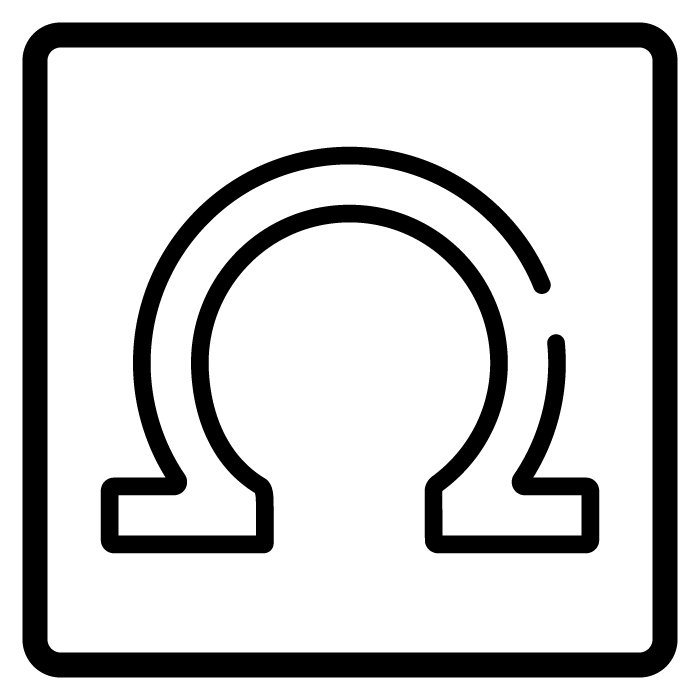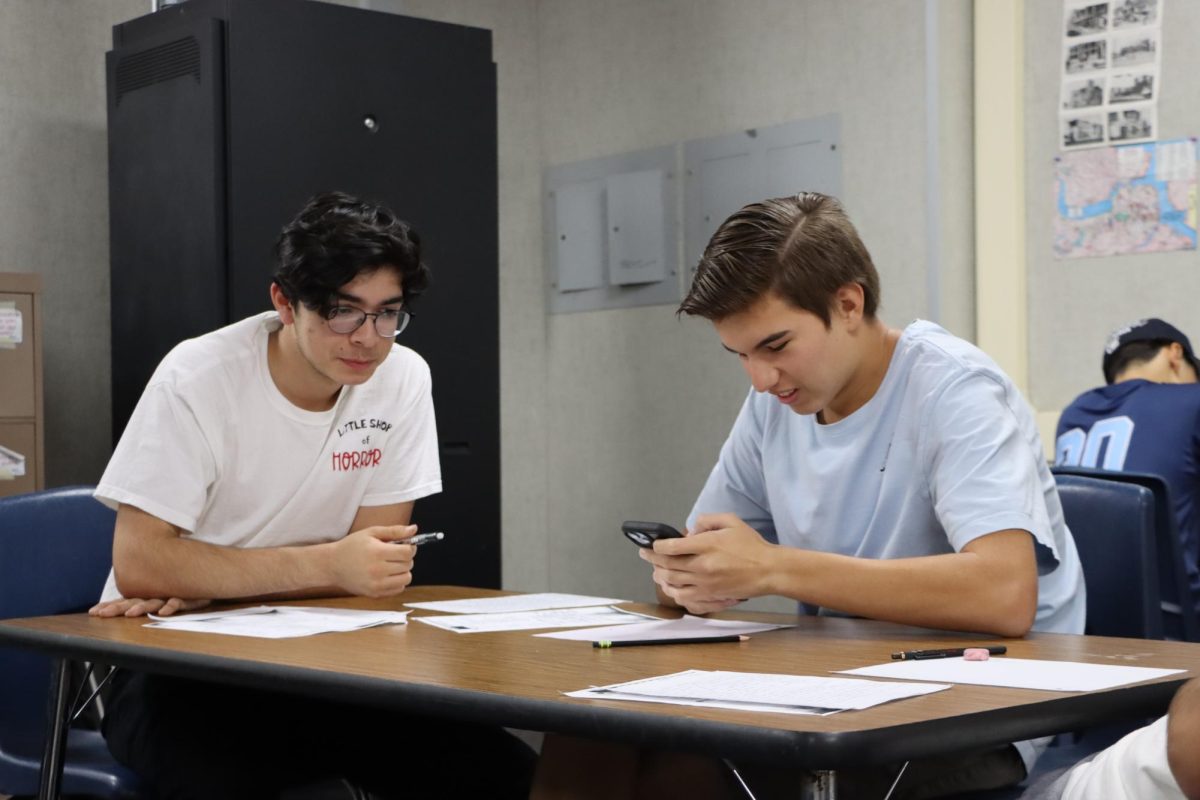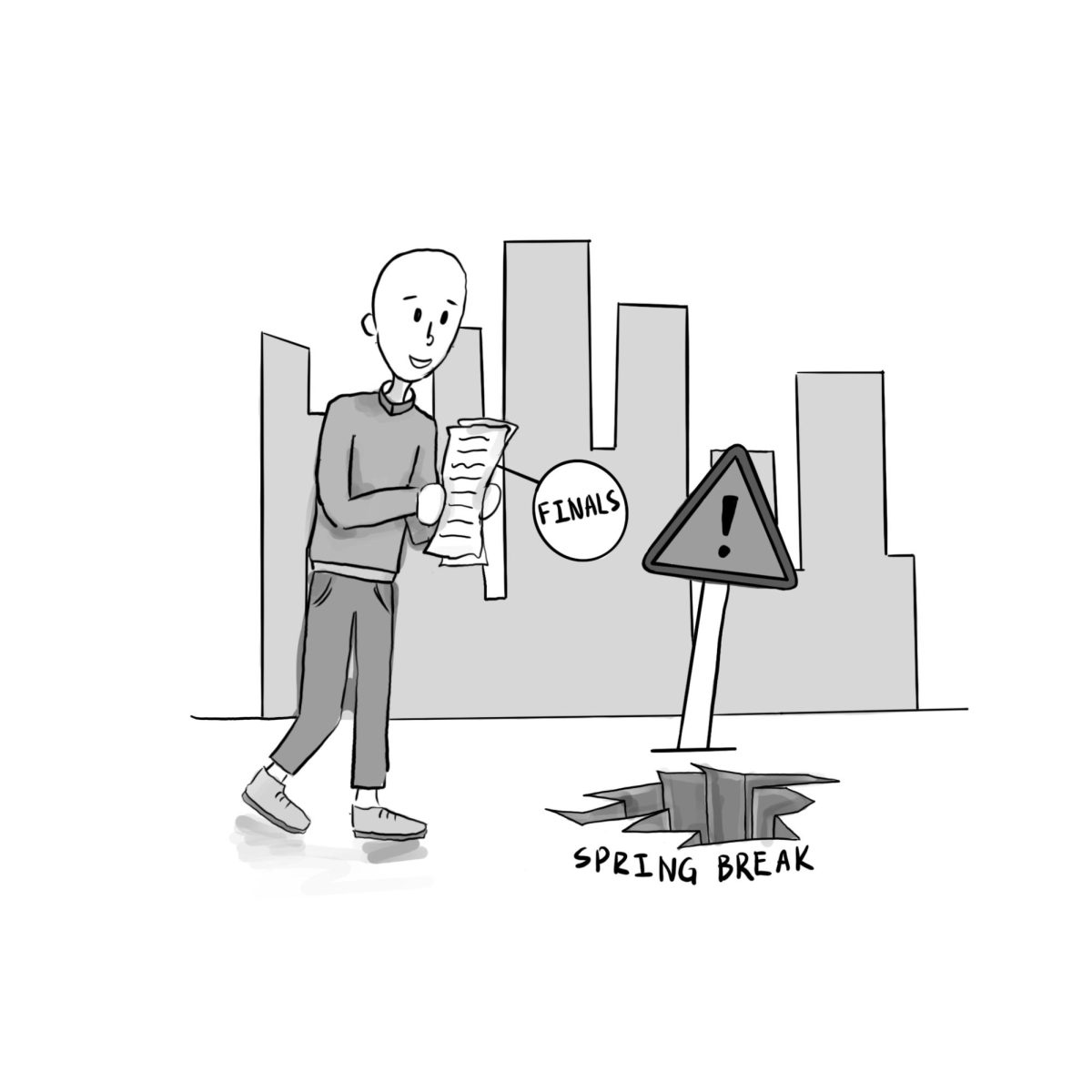A classroom filled with teenagers staring glassy-eyed at a computer screen for hours on end is a familiar scene for many high school students.
Although home economics courses seem to have become relics of the past education system, arguments for reviving them are on the rise. Home economics classes teach fundamental life skills such as cooking, cleaning and personal finance, to prepare students for living independently. Currently, only 6,000 schools in the U.S. still offer a home economics course.
Recently, the Career Technical Education (CTE) program has undergone reforms to encompass courses that are modeled after home economics classes, offering subjects that are vital in the 21st century world such as digital design and computer science. Currently, WHS offers CTE courses in business management and entrepreneurship, architecture and engineering, graphic design and video production, sports medicine and health science and child development.
CTE classes stand as accessible options for students who might not wish to pursue a college degree by teaching them the technical and occupational skills needed for a postsecondary career. As for students who do intend to pursue higher education, taking CTE classes allows them to gain the “adulting” skills that many students don’t pick up on because of other academic and extracurricular commitments.
Students will have the opportunity to step away from their grueling academic routines by doing activities that require direct engagement with the task at hand, such as producing 3D models or navigating their personal finance journey. Such interactive work can enhance students’ ability to focus, especially for tactile learners who thrive in environments with kinesthetic instruction. They can reap the benefits of hands-on learning through CTE courses as opposed to passively absorbing material from lectures or a textbook.
Educators have often stressed the value of collaborative skills. However, in a highly digitized educational setting, such collaboration hardly manifests beyond a shared document or presentation. CTE classes themselves are collaborative spaces where students must directly interact with one another to carry out real-world tasks.
Doing manual tasks entails patience, which students often lack due to the immediate gratification they receive from constantly consuming media. CTE courses give students the chance to take risks in an environment that mimics the real world.
“CTE is important because it provides two different components of learning. We offer some traditional education, but the thing about CTE is all of our educators have come from the fields that they teach in,” said CTE entrepreneurship and marketing teacher Lailah Gallegos. “[Educators] understand the academic side of it and also the physical hands-on side. That actually gives students the chance to see while [they’re] reading about a theory in a book, they understand how it’s actually applied in real life. I think it gives a different kind of meaning and resonance with the students because then they’re like, ‘Oh, okay, this is how the hands on works. This is how I can demonstrate my knowledge; it’s not just me taking just a test.’ [Students] have to actually show comprehension of what needs to be done and for [their] field.”
CTE courses are a potential medium through which students can learn the life skills that parents and educators stress, offering students the opportunity to exercise the abilities that are critical in the modern world.



![Social science teacher Nick Madrid’s desk and floor are littered by ungraded papers due to burnout. “My desk hasn’t been this messy before and it’s been this way ever [since] I started grading papers,” Madrid said.](https://whshoofprint.com/wp-content/uploads/2025/04/IMG_1659-900x1200.png)



